In recent years, the popularity of homemade juices and smoothies has surged, driven by a global emphasis on health, wellness, and convenient nutrition. Among the myriad combinations, blending oranges with pure milk has emerged as a topic of curiosity. Proponents praise its potential to deliver a creamy, vitamin-rich beverage, while skeptics raise concerns about digestive compatibility and flavor balance. This article explores the science, benefits, and potential drawbacks of combining oranges and pure milk in juices, offering evidence-based insights to help readers make informed choices.
The Nutritional Profile of Oranges and Pure Milk
Oranges, renowned for their vibrant color and tangy sweetness, are a powerhouse of essential nutrients. A medium-sized orange contains approximately 70 milligrams of vitamin C—over 70% of the recommended daily intake—along with folate, potassium, and antioxidants like flavonoids. These compounds support immune function, skin health, and cardiovascular well-being. Additionally, oranges provide dietary fiber, primarily in their pulp, aiding digestion and promoting satiety.
Pure milk, whether dairy or plant-based (though this article focuses on cow’s milk for specificity), complements oranges with its own nutritional arsenal. A cup of whole milk offers 8 grams of protein, essential for muscle repair and hormone synthesis, alongside calcium, vitamin D, and riboflavin. These nutrients are critical for bone health, energy metabolism, and cellular function. The combination of orange’s vitamin C and milk’s calcium might seem synergistic, as vitamin C enhances iron absorption—though calcium can slightly hinder this process. However, the overall nutritional impact remains largely positive.
The Appeal of Blending Oranges and Milk
The allure of this blend lies in its dual appeal to taste and convenience. The creamy texture of milk tempers the sharp acidity of oranges, creating a balanced, refreshing drink. For those seeking a quick breakfast or post-workout recovery beverage, this combination offers a blend of carbohydrates (from orange’s natural sugars) and protein (from milk), which may aid in muscle recovery and energy replenishment.

Moreover, the aesthetic appeal cannot be overlooked. The vivid orange hue mixed with milk’s opalescence creates a visually enticing beverage, often shared on social media platforms as part of health-conscious trends.
Potential Health Benefits
-
Enhanced Nutrient Intake: Blending oranges and milk could theoretically increase the bioavailability of certain nutrients. For instance, vitamin C in oranges may enhance the absorption of milk’s iron, though this effect is modest. Conversely, milk’s fat content might slow the digestion of orange sugars, preventing rapid blood sugar spikes.
-
Hydration and Satiety: The high water content of oranges, combined with milk’s electrolytes (like potassium), makes this beverage hydrating. The protein and fiber content may also promote feelings of fullness, potentially aiding weight management.
-
Antioxidant Synergy: The flavonoids in oranges and the amino acids in milk might work synergistically to reduce oxidative stress, though more research is needed to confirm this interaction.
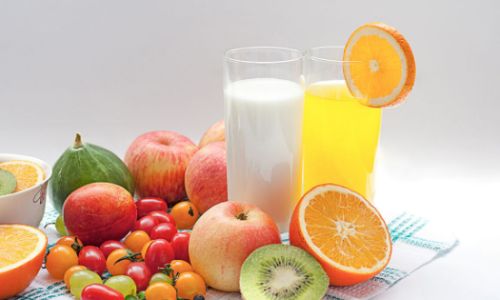
Digestive Concerns and Compatibility
Despite the nutritional perks, the pairing of oranges and milk raises valid concerns about digestive discomfort. Oranges are highly acidic (pH 3.3–4.2), while milk is slightly alkaline (pH 6.4–6.8). When combined, the acidic environment can cause milk proteins, particularly casein, to coagulate. This process, similar to how lemon juice curdles milk in cheese-making, may lead to a lumpy texture and, for some individuals, bloating or gas.
Lactose Intolerance: Individuals with lactose intolerance may experience worsened symptoms when consuming milk with acidic fruits, as the rapid fermentation of lactose in the gut could exacerbate discomfort.
Enzyme Interaction: Oranges contain enzymes like bromelain (though more prevalent in pineapples) and citric acid, which might interfere with milk’s protein digestion. While scientific evidence is limited, anecdotal reports suggest that some people struggle to digest this combination.
Flavor and Culinary Considerations
Achieving a harmonious flavor profile requires careful balancing. The bitterness of orange pith or the overpowering sweetness of processed juice can clash with milk’s creaminess. To mitigate this:

- Use Fresh Oranges: Processed juices often contain added sugars or preservatives that disrupt flavor balance. Freshly squeezed orange juice retains natural complexity.
- Adjust Ratios: Start with a 2:1 ratio of milk to orange juice, adding more milk if the tanginess is too sharp.
- Sweeten Subtly: A drizzle of honey or a pinch of cinnamon can bridge the flavor gap without overwhelming the drink.
Cultural and Historical Context
The practice of combining citrus and dairy is not unprecedented. In Indian cuisine, lassi—a yogurt-based drink—sometimes incorporates mango or banana, though citrus is rare. Mediterranean recipes occasionally pair oranges with yogurt in salads or dips. However, the direct blending of orange juice and milk remains less common in traditional dishes, suggesting that modern wellness trends drive its popularity.
Expert Opinions and Scientific Studies
Nutritionists generally agree that combining oranges and milk is safe for most individuals, provided they tolerate both ingredients. Dr. Lisa Young, a registered dietitian, notes, “There’s no inherent harm in mixing these foods, but personal tolerance varies. If you experience discomfort, it’s best to avoid the combination.”
A 2018 study in the Journal of Food Science examined the stability of milk proteins when exposed to citrus juices. Researchers found that while casein coagulation occurred, the process did not render the beverage harmful, merely altering texture. Another 2020 review in Nutrition Reviews emphasized that food combining rules—like avoiding fruits with dairy—lack scientific backing, as digestion is a complex, individualized process.
Alternatives and Modifications
For those wary of digestive issues or flavor clashes, several alternatives exist:

- Plant-Based Milks: Almond, oat, or soy milk offer a neutral base that complements oranges without the risk of curdling.
- Yogurt: Greek yogurt’s thickness and probiotics add creaminess and gut-friendly bacteria, while its acidity is better tolerated.
- Frozen Blends: Freezing orange segments and milk into popsicles or smoothie bowls reduces perceived acidity.
- Herbal Infusions: Adding mint or ginger can mask bitterness and enhance refreshment.
The Role of Processing Methods
Blending versus juicing oranges also impacts the final product. Blending retains the pulp’s fiber, slowing digestion and sugar absorption. Juicing, however, removes fiber, creating a lighter beverage but potentially leading to quicker blood sugar spikes. For milk, using cold, fresh milk versus powdered alternatives affects creaminess and nutritional value.
Environmental and Ethical Considerations
The sustainability of this blend depends on sourcing. Oranges, particularly in non-native regions, may have a high carbon footprint due to transportation. Dairy milk’s environmental impact—methane emissions from livestock—is well-documented. Plant-based alternatives like oat milk often have lower ecological footprints, making them eco-conscious choices.
Conclusion: To Blend or Not to Blend?
The decision to blend oranges and pure milk hinges on individual preferences, digestive tolerance, and nutritional goals. While the combination offers a convenient, nutrient-dense option for many, it may not suit everyone. Experimentation is key: start with small batches, monitor how your body reacts, and adjust ingredients as needed.
In an era where nutrition advice often oscillates between fads and fears, the orange-and-milk blend serves as a microcosm of broader dietary debates. By prioritizing scientific literacy and personal awareness, consumers can navigate such choices confidently, turning each sip into a step toward holistic well-being. Whether you savor it as a morning pick-me-up or skip it due to personal preference, the act of questioning and researching—as demonstrated here—is the true cornerstone of mindful eating.
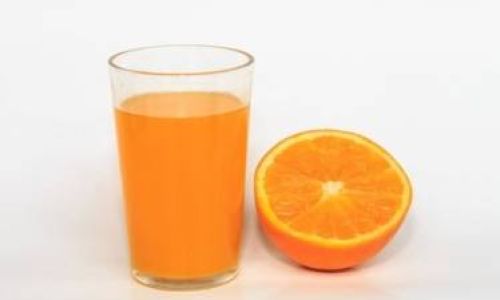
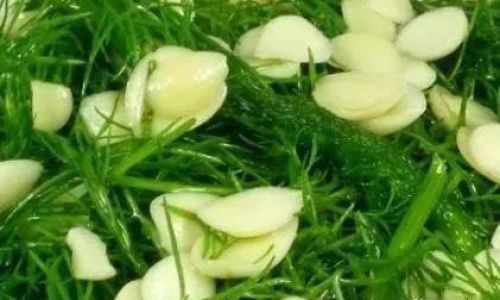

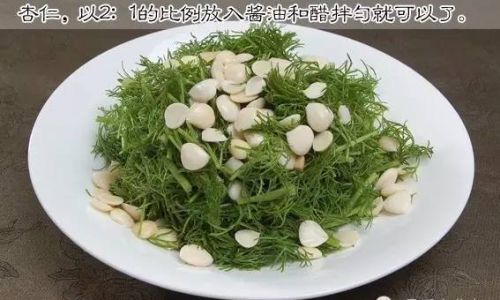


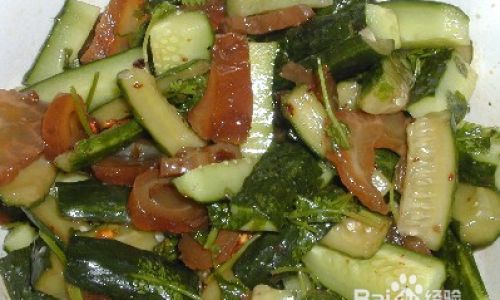
0 comments